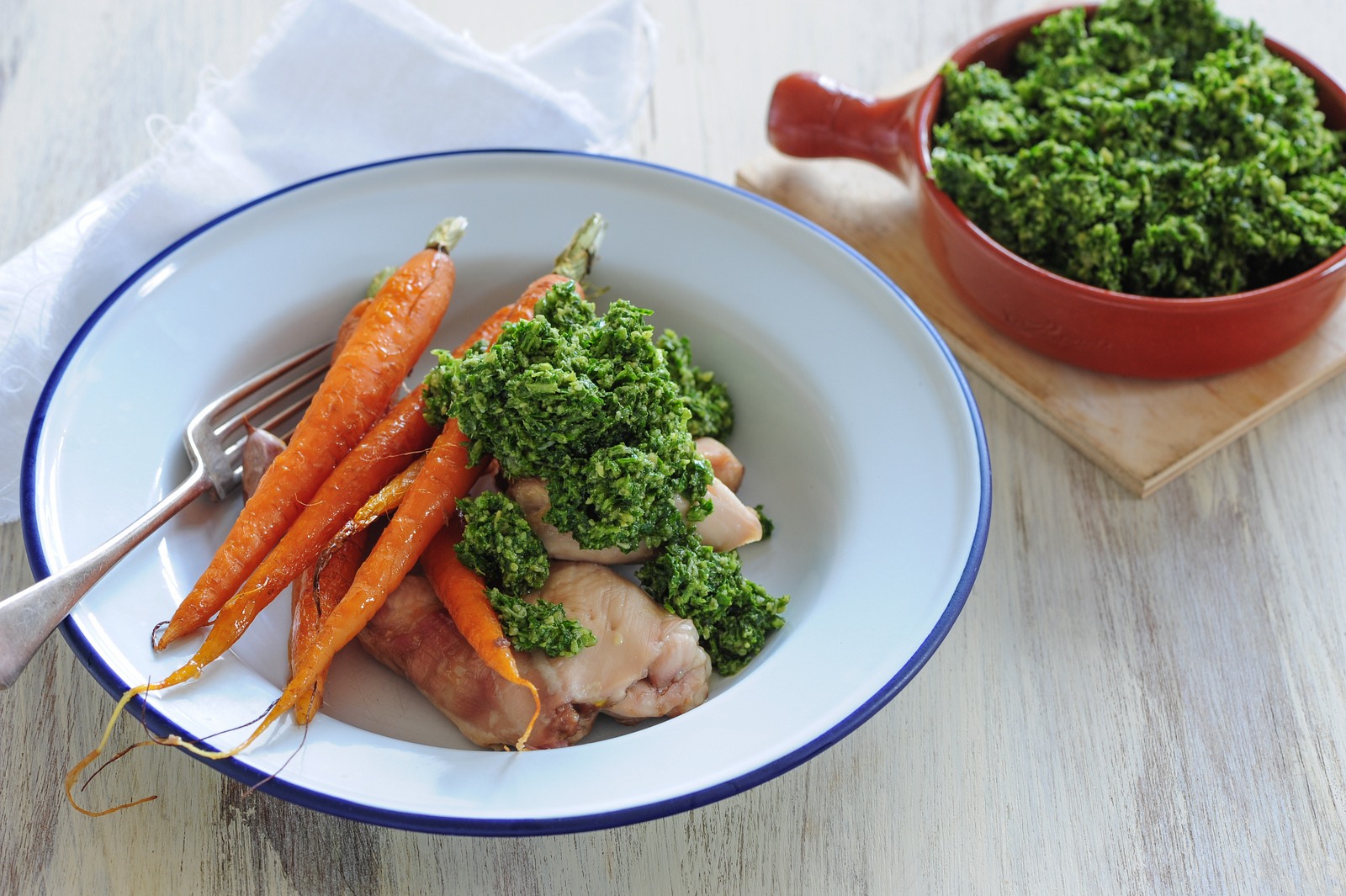Since I started growing my own vegetables in my garden, I’ve been really interested in eating as much of the plants as possible. I hate throwing food away and when it’s something you’ve nurtured from tiny seeds, the urge not to waste food is even stronger. Now, I realize just how much edible food I used to throw away, because I didn’t think to eat it.
There were seven tasty veggies that I was almost completely wasting! Are you in the habit of doing the same?
Here are 7 vegetables that you might be wasting, and what to do with them:
1. Carrot tops
There’s no need to waste the lovely leaves on carrots! Have you noticed how they look a lot like flat leaf parsley? They taste similar too. It’s a pleasantly ‘green’ taste, and can be used wherever you’d normally go with leafy herbs.
2. Squash and potato skins/peels
There aren’t many vegetables I bother to peel anymore, apart from sweet corn and fava beans (broad beans). I often feel to lazy to do it, but I also tell myself it’s because much of the nutrition and flavour is in or just under the skins.
I also love roasting pumpkin or butternut squash with the skins on, and then eating the skin. They are delicious and easy to chew since they’re well cooked!
I once did a taste test of potatoes roasted with and without skins. The unpeeled ones were just bursting with potato flavour, and I have not peeled them since.
3. Beet leaves and stems
Small beet leaves are great served raw in salads, but when the leaves get larger, cooking them to soften the texture.
A fantastic method is to wash the beet leaves and stems, and then chop. Chop the stems finely so they’ll cook faster. Next, pan fry them in a little oil with garlic, just until everything is tender.
4. Fava bean leaves
During the last planting season, I was really late in planting my fava beans, therefore I hardly had actual beans. It wasn’t the end of the world because I still had some of the leaves. They have a super fresh bean flavour that I adore. The texture can be a little limp though, so mix fava bean leaves with other salad leaves.
They are lovely cooked in a pan until just wilted with a little garlic, oil, and a splash of water.
5. Swiss chard stalks
You can either set aside the chard stalks (silver beets) to cook separately, or chop and sauté them in oil with a little garlic until they’re almost tender, and then add the leaves.
6. Broccoli & cauliflower stems
When cooking broccoli or cauliflower, finely slice the stems and treat them exactly the same as the florettes.
7. Broccoli leaves
When you’re growing your own broccoli, you’ll have access to the mature leaves. Treat them the same as you would kale.
If you’re buying broccoli you may get it with the tiny leaves attached. Simply handle these leaves the same as the rest of the head.
Here’s a Recipe You May Like to Try:
Roast Chicken with Carrot Top Pesto Recipe
Serves 2
For the pesto:
1 bunch baby carrot tops
1 bunch flat leaf parsley
1 small clove garlic
2 handfuls pine nuts
1/2 cup extra virgin olive oil
1 large handful grated parmesan
1. Whizz carrot tops, parsley, garlic and nuts in a food processor until finely chopped.
2. With the motor running pour in the oil. Stir in parmesan. Taste and season if needed.
For the chicken:
4 chicken thigh fillets
1 bunch baby carrots
1 head garlic, broken into individual cloves, skins still on
carrot top pesto (above) to serve
1. Preheat oven to 200C (400F).
2. Place chicken, carrots and garlic in a roasting pan. Drizzle with some oil and sea salt.
3. Roast for 25-30 minutes or until the chicken is no longer pink.
4. Serve hot with carrot top pesto on top.













































